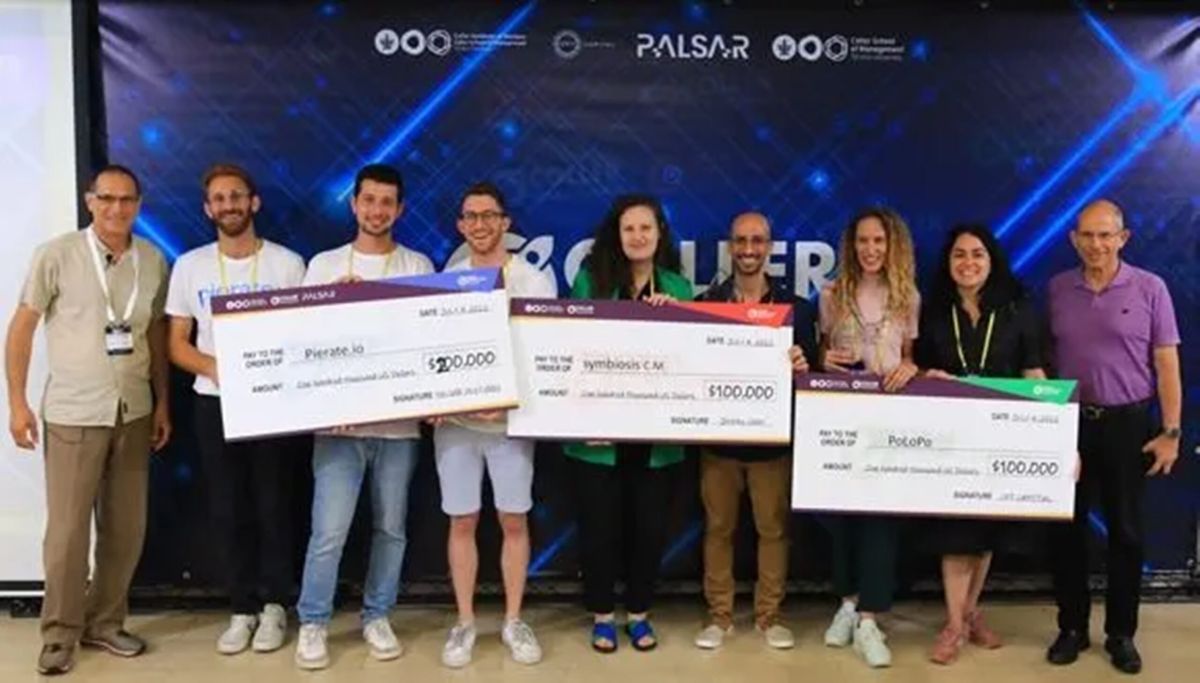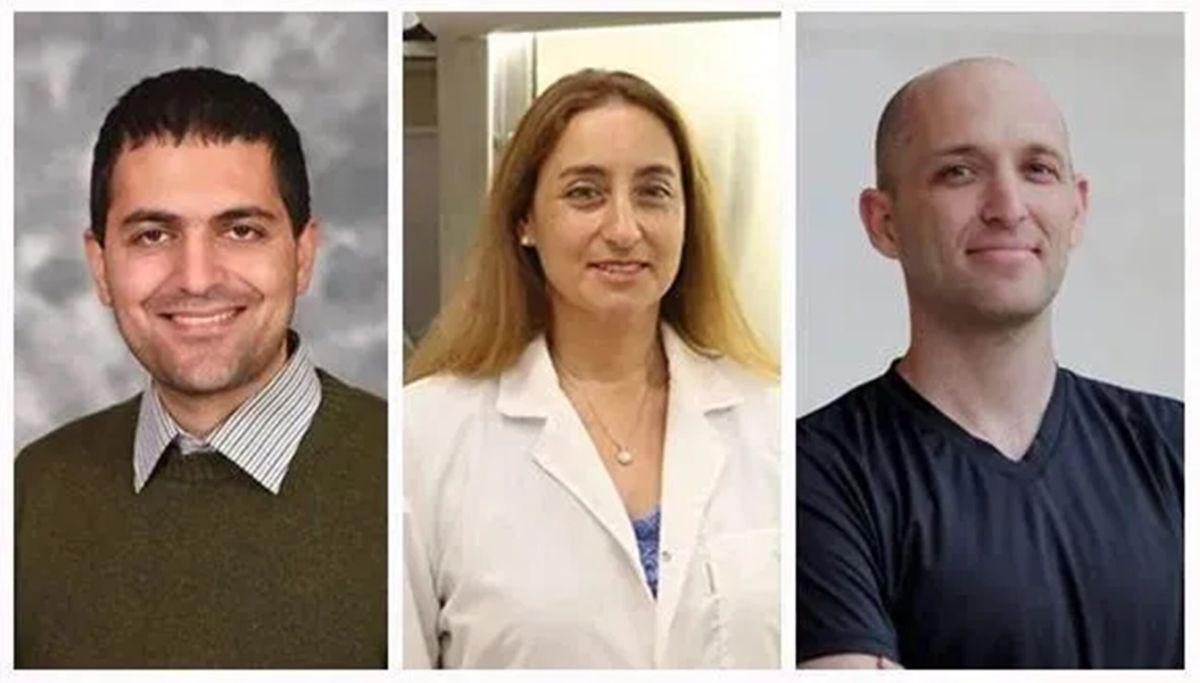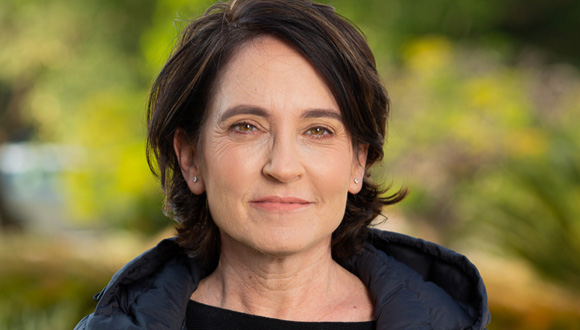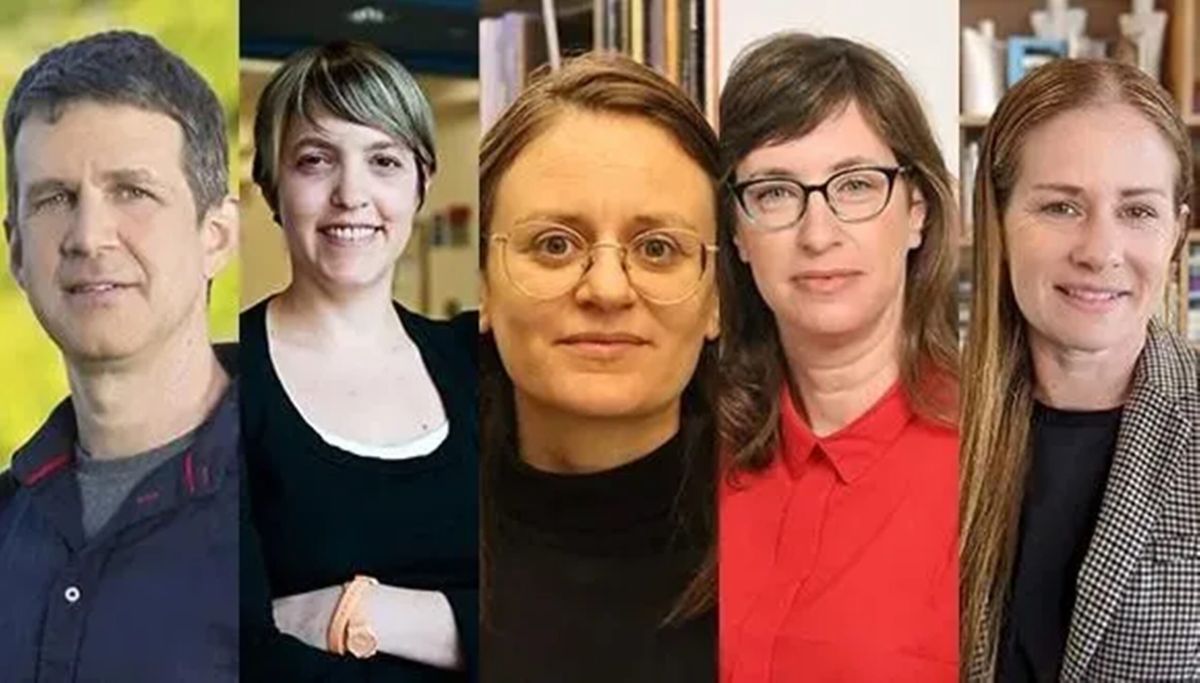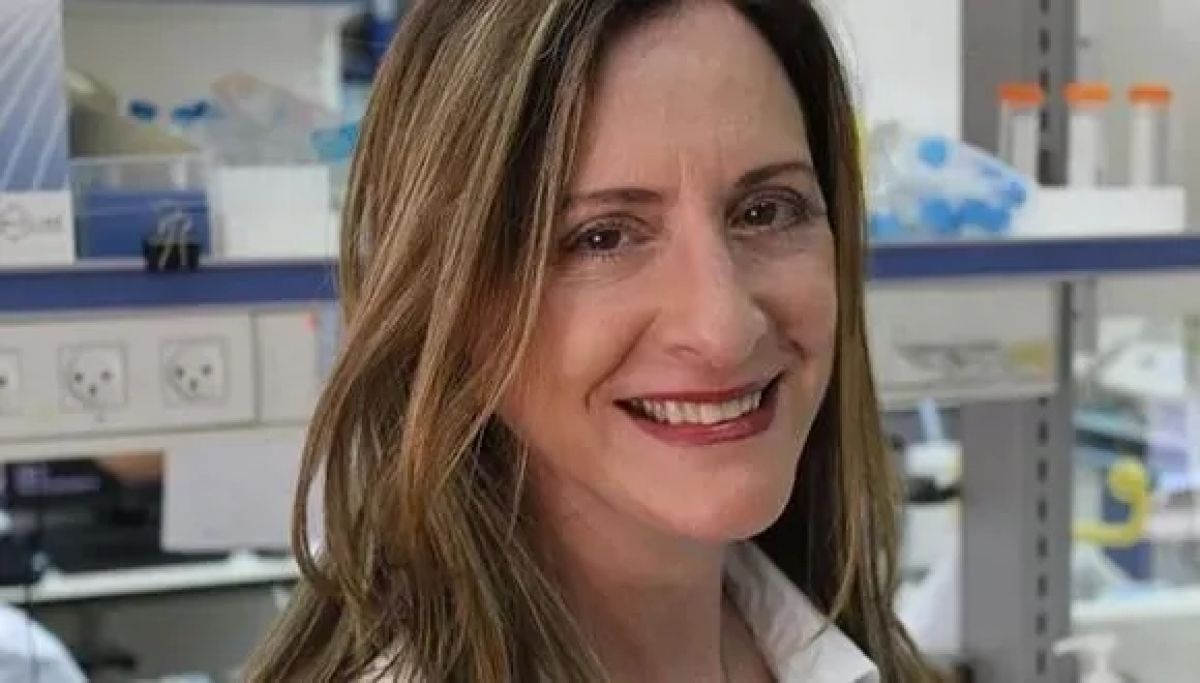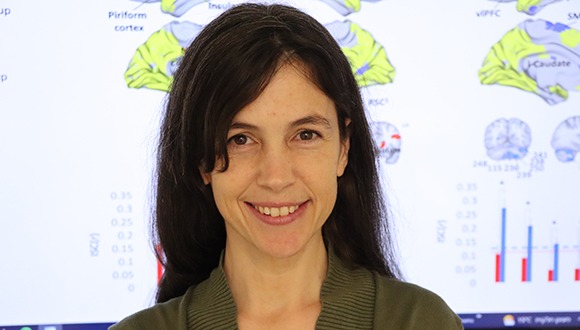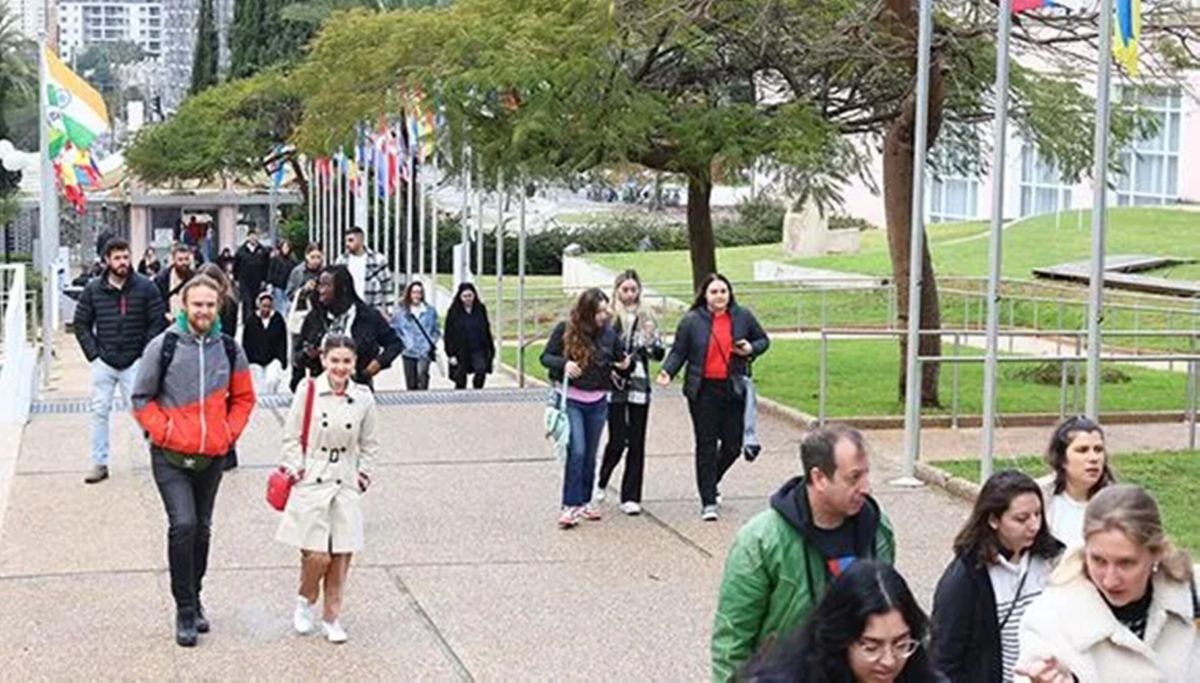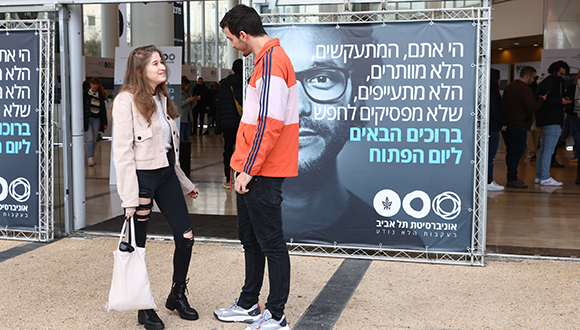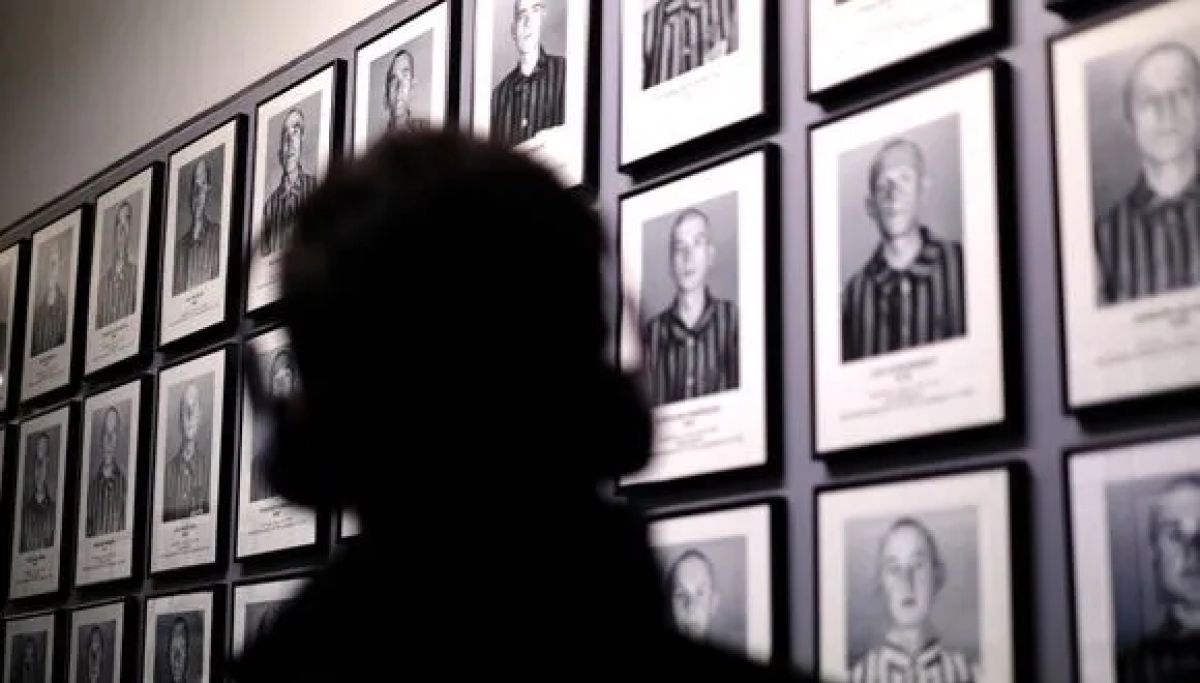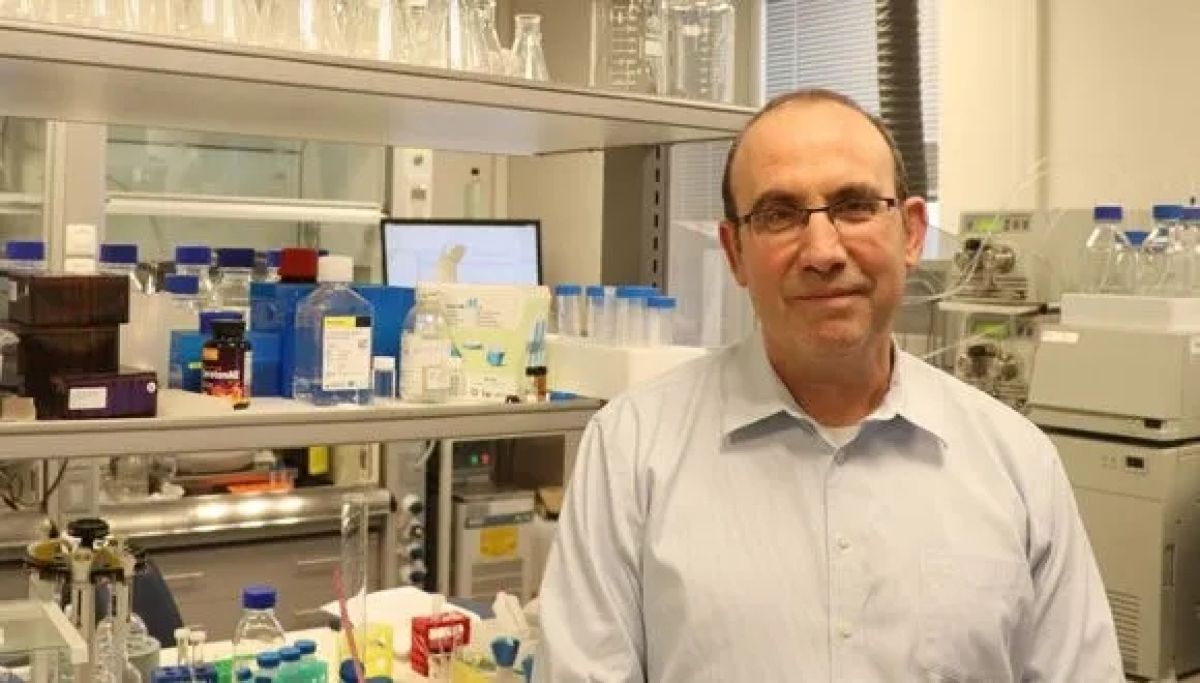A new study examined the pain perception among people with autism and found that they experience pain at a higher intensity than the general population and are less adaptable to the sensation. This finding is contrary to the prevalent belief that people with autism are supposedly ‘indifferent to pain’. The researchers expressed the hope that the findings of their study will lead to more appropriate treatment on the part of medical staff, caregivers, and parents toward people with autism, who do not always express the experience of pain in the usual way.
The study was funded by the Israel Science Foundation and was led by four researchers: Dr. Tami Bar-Shalita of the Sackler Faculty of Medicine at Tel Aviv University who initiated the study, Dr. Yelena Granovsky of the Technion and Rambam Medical Center, and Prof. Irit Weissman-Fogel and Prof. Eynat Gal of the University of Haifa. This study constitutes a framework for the theses of PhD students Tzeela Hofmann and Mary Klingel-Levy, and three articles based on it have already been published or approved for publishing. The present study has been published in the prestigious PAIN journal.
“We know that self-harm could stem from attempts to suppress pain, and it could be that [people with autism] hurt themselves to activate, unconsciously, a physical mechanism of ‘pain inhibits pain’.” Dr. Tami Bar-Shalita
Self-harm Not Proof of Indifference to Pain
“Approximately 10% of the general population suffer from sensory modulation dysfunction, which means sensory hypersensitivity at a level that compromises normal daily functioning and quality of life. These people have difficulty, for example, ignoring or adapting to buzzing or flickering of fluorescent lights, humming of air conditioners or fans, or the crunching of popcorn by someone sitting next to them in the cinema,” explains Dr. Bar-Shalita.
“In previous studies in the lab we found that these people suffer from pain more than those without sensory modulation dysfunction. Since it is known that sensory modulation dysfunction occurs in people with autism at a rate of 70-90%, it constitutes a criterion for diagnosing autism, and is associated with its severity. We were interested in exploring pain perception in autism, so we asked: do people with autism hurt more than the general population? This question was hardly studied in the lab before we got started.”
According to the researchers, for many years the prevalent opinion was that ‘people with autism hurt less’ or that they were ‘indifferent to pain’. Actually, ‘indifference to pain’ is one of the characteristics presented in the current diagnostic criteria of autism.
The proof of this was, supposedly, their tendency to inflict pain on themselves by self-harm.
Dr. Bar-Shalita: “this assumption is not necessarily true. We know that self-harm could stem from attempts to suppress pain, and it could be that they hurt themselves to activate, unconsciously, a physical mechanism of ‘pain inhibits pain’.”
“The results of our study indicate that in most cases, the sensitivity to pain of people with autism is higher than that of most of the population, while at the same time they are unsuccessful at effectively suppressing painful stimuli.” Dr. Tami Bar-Shalita
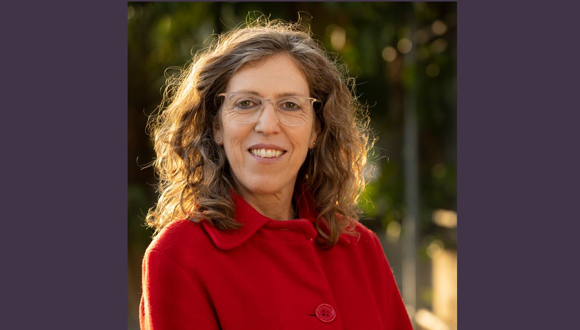
Dr. Tami Bar-Shalita
Contributing to Advancement of Personalized Treatment
This study is a laboratory pain study approved by the ethics committee of the academic institutions and Rambam Medical Center. The study included 52 adults with high-functioning autism (HFA) and normal intelligence – hitherto the largest reported sample in the world in studies on pain among people with autism. The study made use of psychophysical tests to evaluate pain, commonly used in the area of pain study. These methods examine the link between stimulus and response, while the researcher, using a computer, controls the duration and intensity of stimulus and the examinee is asked to rank the intensity of the pain felt by him on a scale of 0 to 100.
The findings have proven beyond doubt that people with autism hurt more. Furthermore, their pain suppression mechanism is less effective.
The researchers conducted a variety of measurements, aimed among other things at examining whether the hypersensitivity to pain derives from a sensitized nervous system or from suppression of mechanisms that are supposed to enable adjustment and, over time, reduce the response to the stimulus. They found that in the case of people with autism, it is a combination of the two: an increase of the pain signal along with a less effective pain inhibition mechanism.
Dr. Bar-Shalita concludes: “our study constituted a comprehensive, in-depth study of the intensity of pain experienced by people with autism. The prevalent belief was that they are supposedly ‘indifferent to pain’, and there are reports that medical and other professional staff treated them accordingly. The results of our study indicate that in most cases, the sensitivity to pain of people with autism is higher than that of most of the population, while at the same time they are unsuccessful at effectively suppressing painful stimuli. We hope that our findings will benefit the professionals and practitioners handling this population and contribute to the advancement of personalized treatment.”
In additional articles soon to be published, the researchers have examined the brain activity of people with autism during pain stimuli, and sub-groups within this population concerning their perception of pain.

